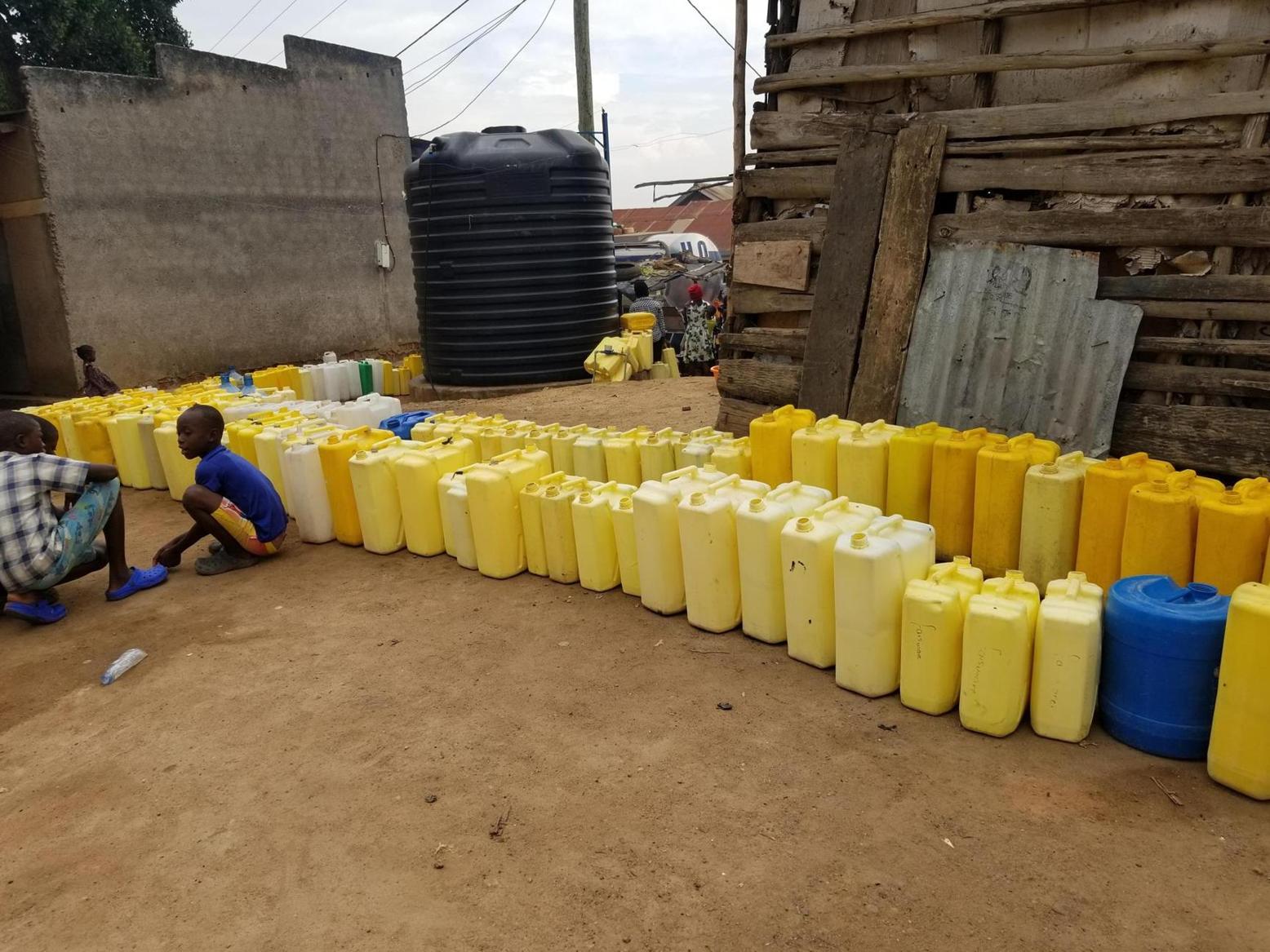Africa-Press – Uganda. It goes without saying that four missed rainfalls have produced a great vacancy in East Africa’s freshwater system.
The destabilised water cycle has plunged East Africa into a feeling of despair, with millions of livelihoods at risk of starvation.
Uganda’s water governance and management systems have in recent times become a source of unending frustration as underscored by an August 2 Cabinet memo. The document set out the problem of food insecurity in the country by showing that danger was never far away thanks to massive crop failures occasioned by prolonged drought.
Failure to stabilise and manage water supply in localised ways left the sub-regions of Karamoja (41 percent), Teso (21.4 percent), Acholi, Lango, and West Nile (19.4 percent apiece) grappling with food shortages. Buganda (17.7 percent), Rwenzori (6.3 percent), Bunyoro, Ankole, and Kigezi (4.2 percent each) were also not spared the devastating effects of market failures.
It’s been widely forecasted that the current “short rains season” will be powerless at stopping an inexorable march toward a further deterioration of the drought situation and its impacts in Uganda. The government’s response has been typical. Stopgap measures such as a focus on quick-maturing crops have been proffered.
While we understand the need to paper over cracks at this moment, it’s foolhardy to think that rain-fed agriculture can be sustained in this manner. State actors will have to get to the bottom of the underlying factors that disrupt rainfall. There are no two ways about it, the human activities that are jeopardising water at its very source—of which there are many—have to be decisively addressed.
This publication reported over the weekend that an ambitious plan by the government to ensure large-scale food producers get stable volumes of water via irrigation schemes is petering out. This is unfortunate. Besides sparing no effort to ensure that such interventions continue to see the light of day, state actors must also work to preserve natural systems that used to guarantee stable rainfall and runoff patterns.
It should also not be lost on us that a stopgap measure by our eastern neighbour to address climate-inflicted disasters could have spillover effects. Kenya on October 3 gave the green light for genetically modified (GM) maize to be imported and cultivated for good measure.
President William Ruto’s administration reckons the move will address food security concerns on many levels. While their varieties are renowned for—inter alia—being drought-resistant, concerns abound over the health and safety of GM crops.
The porous border Uganda shares with Kenya means that the possibility of GM maize ending up in Uganda cannot be ruled out entirely. All of which goes to show the significance of East Africa mustering a concerted effort to address the threat to a reliable supply of clean water. Failure to think and talk in lockstep will doubtless have a wide-ranging impact.
We believe that Uganda should run on this, not least because she has the potential to be East Africa’s food basket. The extreme weather events that are destabilising the East African region’s water cycle cannot be wished away. We have to be smart in the manner we approach this water crisis especially since short-term fixes only postpone the paralysing horror of the situation at hand.
For More News And Analysis About Uganda Follow Africa-Press






